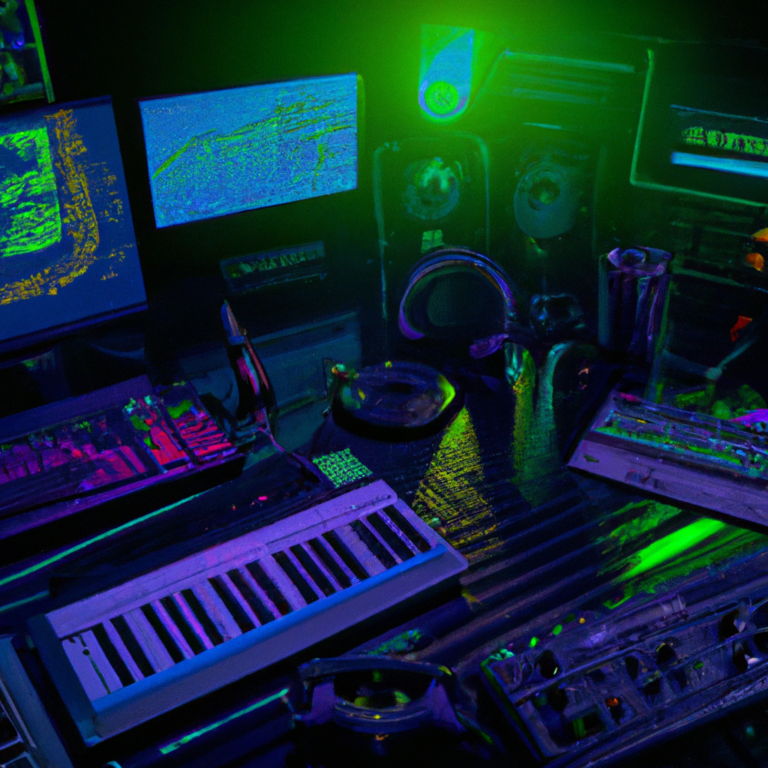“Mastering the Art of Game Design: How to Create Engaging Cinematics and Cutscenes”
Creating engaging cinematics and cutscenes in video games is a critical aspect of game design that enhances storytelling and player immersion. These story-driven moments can breathe life into game worlds, characters, and narratives, providing an enriching experience that goes beyond gameplay mechanics. In this blog post, we’ll delve into some key strategies and techniques that creators can utilise to make engaging cutscenes and cinematics.
1. **Craft a Compelling Story**: The first step in creating engaging cinematics is to develop a compelling story. The plot should be intriguing, the characters relatable, and the events impactful. The story serves as the backbone of your cinematics. If it isn’t strong enough, it won’t matter how visually stunning or well-directed your cutscenes are.
2. **Visual Aesthetics**: Visual elements play a crucial role in cinematics. It’s essential to maintain a consistent and unique art style, which caters to the mood and theme of your game. High-quality graphics, impressive visual effects, and well-designed environments can contribute to creating stunning cinematics that captivate players.
3. **Effective Camera Usage**: The camera is your primary tool for directing the player’s attention. Consider what you want the players to focus on during the cutscene and adjust your camera angles accordingly. A well-placed camera can highlight character emotions, indicate significant events, and provide context to the narrative. Experiment with different angles, movements, and perspectives to create dynamic and visually interesting scenes.
4. **Character Animation**: Well-animated characters can bring your cutscenes to life. When done right, character animation can express emotions, depict personality, and tell a story without a single line of dialogue. Use body language and facial expressions to your advantage. Remember, it’s in these fine details that players often connect with your characters.
5. **Sound Design and Music**: Sound design and music play an equally important role in creating engaging cutscenes. Sound effects can add depth to your scenes, while music can evoke emotions and set the tone. Make sure to choose or create a score that complements the scene’s mood.
6. **Pacing**: The pacing of your cutscenes can make or break the player’s engagement. Too slow, and you risk boring the player; too fast, and you might overwhelm them. It’s all about finding a balance that keeps the player engaged throughout the scene.
7. **Player Interaction**: While cutscenes are usually non-interactive, incorporating player interaction can drastically increase engagement. This can be through quick-time events, dialogue choices, or even gameplay segments.
8. **Show, Don’t Tell**: This old adage holds very true for game cinematics. Instead of narrating events or emotions, show them through character actions, environmental changes, and visual cues.
9. **Iteration and Feedback**: Lastly, never underestimate the importance of player feedback in fine-tuning your cutscenes. Playtesting and gathering feedback can provide valuable insights into whether your cutscenes are hitting the right notes.
Creating engaging cinematics and cutscenes in video games is an art form that requires a delicate balance of storytelling, visual design, sound design, and user engagement. By implementing these strategies, you can create impressive and engaging cutscenes that will enrich your game and captivate your players.






